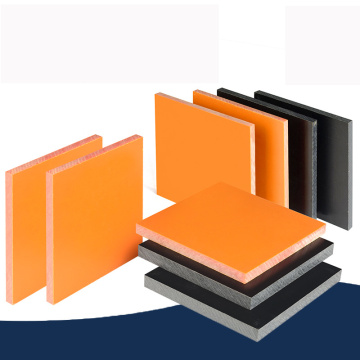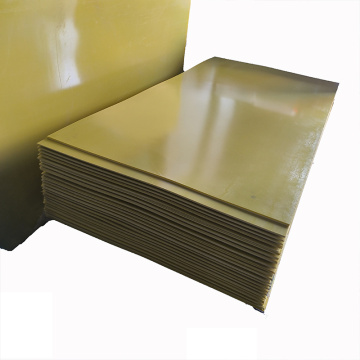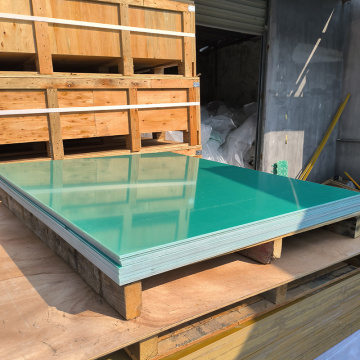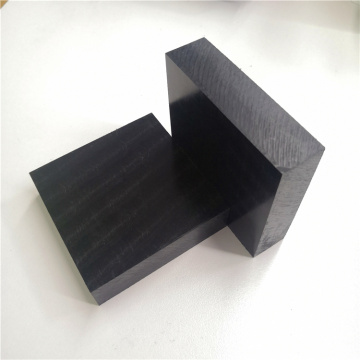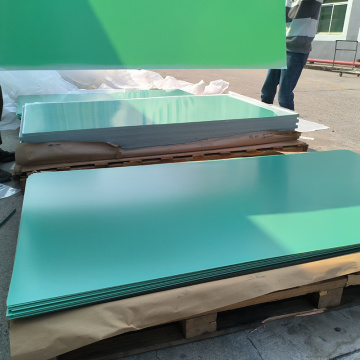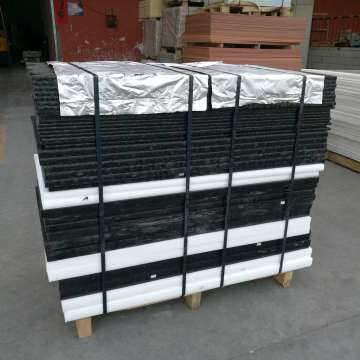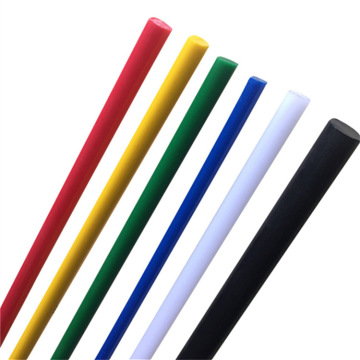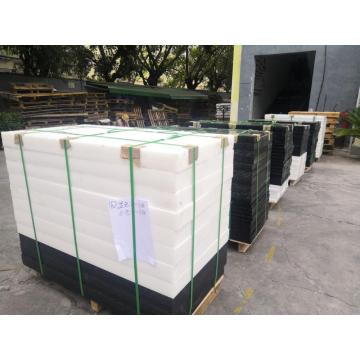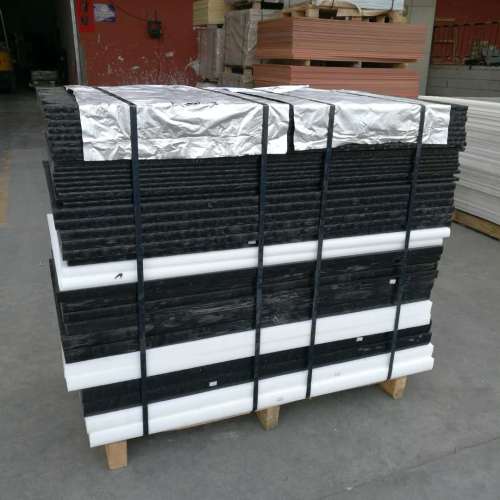
Engineering Plastics Copolymer Acetal POM Sheet
- Min. Order:
- 100 Kilogram
- Min. Order:
- 100 Kilogram
- Transportation:
- Ocean, Land, Air, Express
- Port:
- Shenzhen, Guangzhou
Quantity:
Your message must be between 20 to 2000 characters
Contact NowBasic Info
Basic Info
| Place of Origin: | China |
|---|---|
| Productivity: | 100tons/month |
| Supply Ability: | 100tons/month |
| Payment Type: | T/T,D/P,D/A |
| Incoterm: | FOB,CFR,CIF,EXW,FAS,FCA,DDP,DDU |
| Certificate: | ISO9001 |
| Transportation: | Ocean,Land,Air,Express |
| Port: | Shenzhen,Guangzhou |
Product Description
Product Description
Ingredient Introduction
Basic resin: POM (polyoxymethylene) is divided into two types: homopolymer formaldehyde and copolymer formaldehyde.
Homoformaldehyde: It is polymerized from high-purity formaldehyde, with a regular molecular chain structure and a crystallinity of up to 75% -85%. It has better mechanical strength, rigidity, and thermal deformation temperature.
Co formaldehyde: synthesized by copolymerizing trimeric formaldehyde with cyclic ether, with slightly lower crystallinity (70% -75%), but better thermal stability and chemical corrosion resistance.
Additives: Lubricants (such as PTFE, silicone oil), antioxidants, UV stabilizers, etc. are often added to improve processing performance or weather resistance.
Modified reinforcement: can be filled with glass fiber (to improve strength and dimensional stability), carbon fiber (wear resistance), or added with conductive/anti-static materials (such as carbon black).
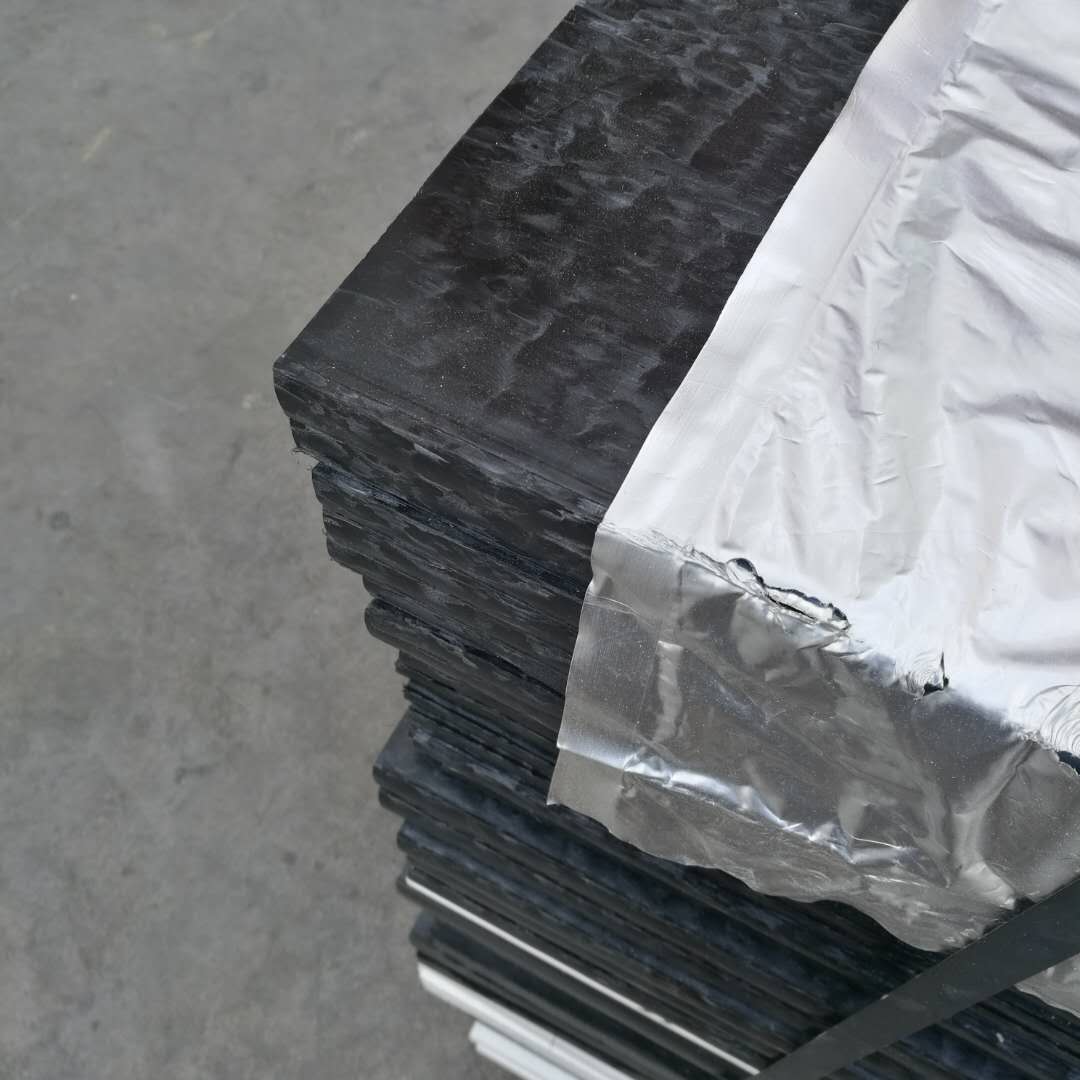
Performance characteristics
Mechanical properties:
High strength, high rigidity, high hardness, mechanical properties close to metal (specific strength up to 50.5MPa).
Excellent wear resistance and self-lubrication, low friction coefficient (0.21), suitable for sliding parts.
Outstanding fatigue resistance, fatigue strength still reaches 35MPa after 10⁷ alternating loads.
Thermal properties:
Wide long-term use temperature range (-40℃ to 100℃), homopolyformaldehyde heat deformation temperature is higher (172℃).
Chemical properties:
Oil-resistant and organic solvent-resistant, but sensitive to strong acids and phenols.
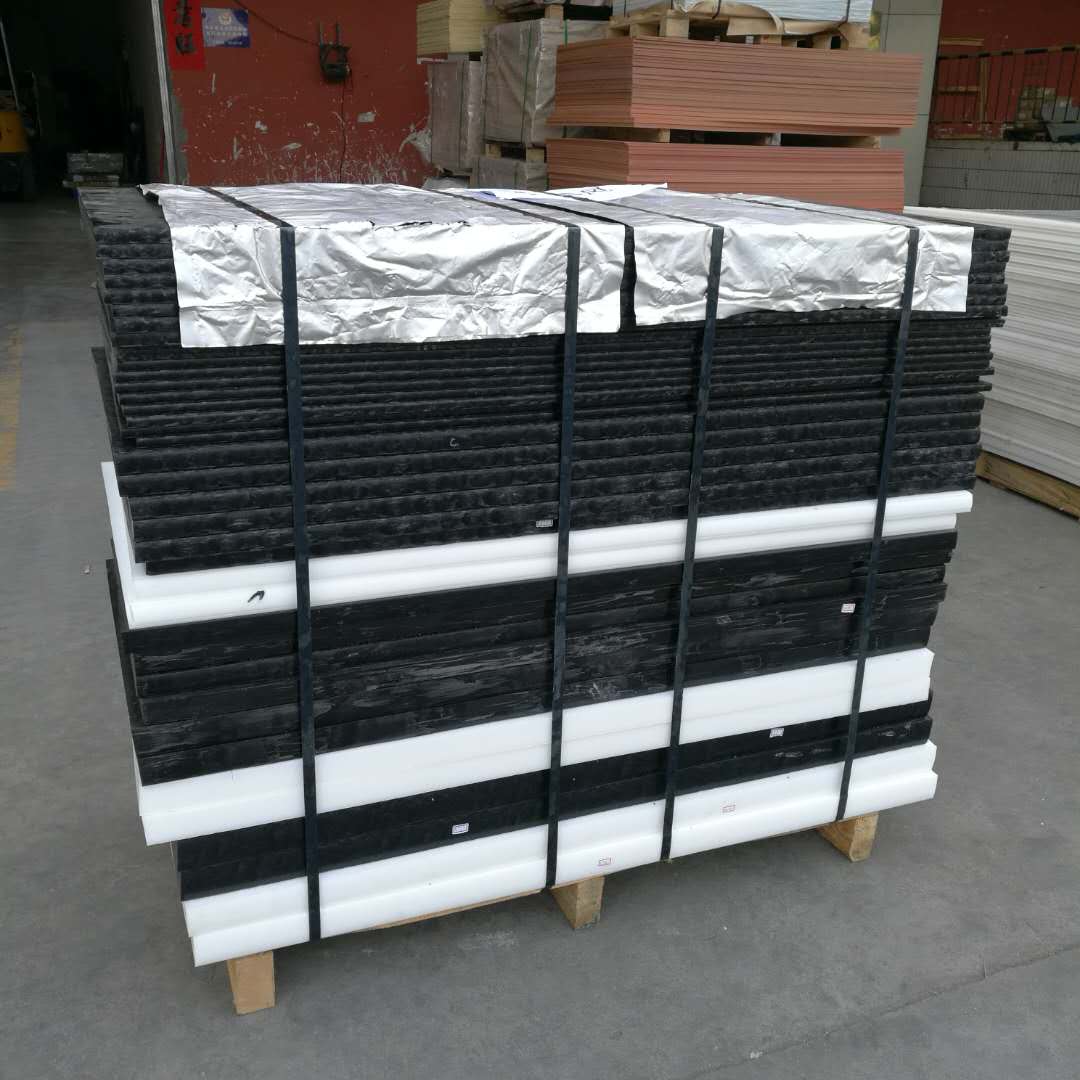
Product selling point
Metal replacement: lightweight, corrosion-resistant, can replace zinc, aluminum, etc. to manufacture gears, bearings and other parts, reducing costs.
Self-lubricating: no need for additional lubricants, reducing maintenance requirements, suitable for precision machinery
Application areas
Machinery manufacturing:
Precision gears, bearings, guide rails, mold inserts, using their wear resistance and dimensional stability.
Automotive industry:
Fuel system components (such as oil pump impellers), door locks, window adjustment gears, etc.
Electronic appliances:
Insulation parts, connectors, switch housings, relying on their electrical insulation and high temperature resistance.
Medical equipment and food machinery:
Parts that meet food contact requirements (such as food packaging equipment parts) and wear-resistant medical equipment components.
Others: Emerging fields such as construction equipment, drone parts, 5G equipment, etc.
POM Sheet: Suitable for high-strength, wear-resistant, and temperature-resistant scenarios (such as mechanical transmission parts), but strong acid and ultraviolet environments must be avoided.
PP Sheet: Lightweight, chemically resistant, suitable for food packaging and low-temperature modification applications, but attention should be paid to low-temperature brittleness.
PE Sheet: Best cold resistance, suitable for low-temperature containers and flexible packaging, but low heat resistance and mechanical strength
Related Keywords
Related Keywords







